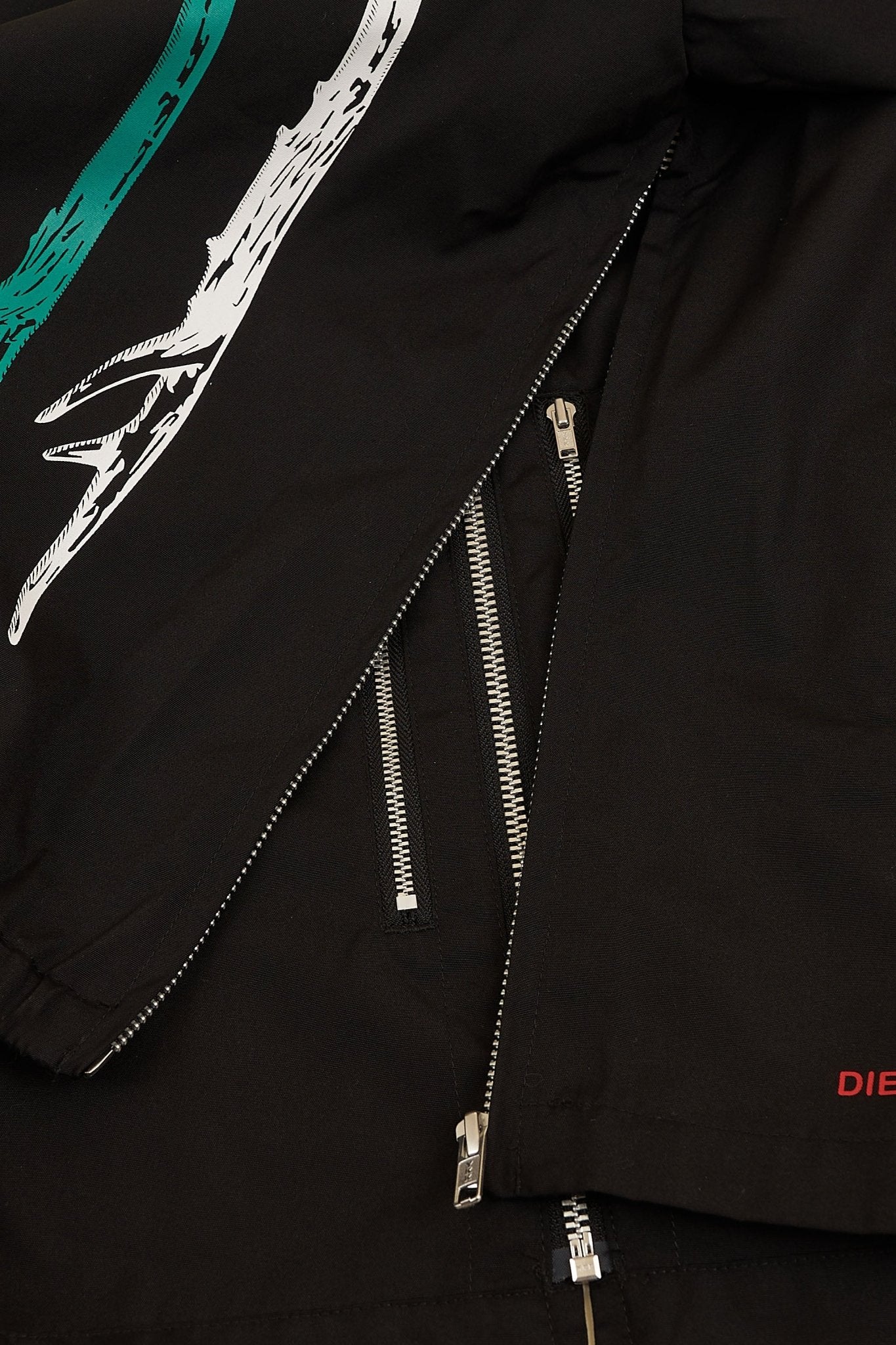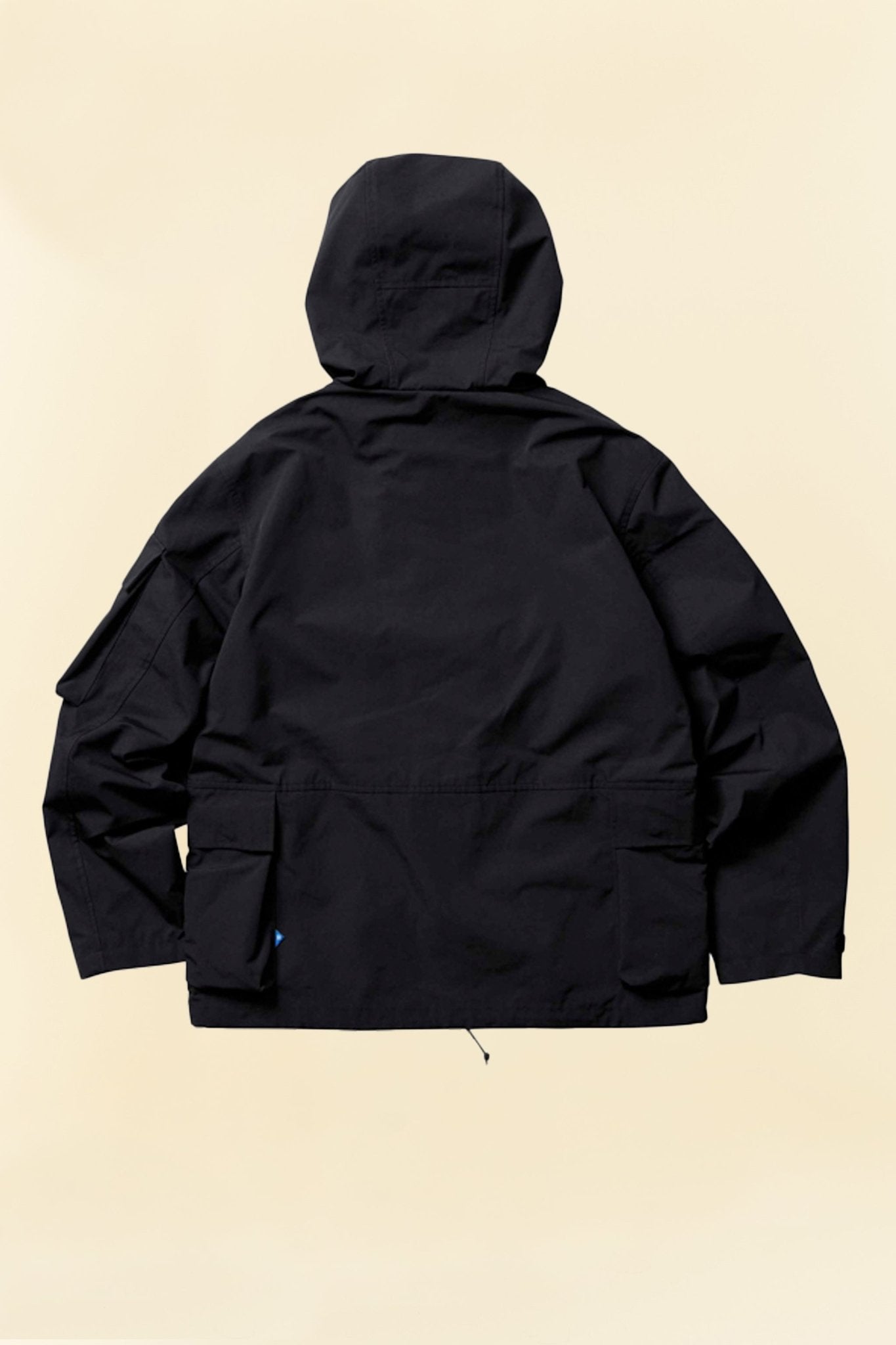




裏- URA 原 - HARA
In an area of roughly four square blocks nestled between Harajuku and Aoyama stands as the birthplace of contemporary Japanese streetwear. Ura-hara, an abbreviation of "ura-Harajuku," literally translates to "the hidden Harajuku."
In the mid-'90s, these streets were lined with unassuming, often nameless boutiques, which drew inspiration from subcultural influences from realms like hip-hop and punk in the US and the UK, the sudden infusion of fresh ideas and creativity was exactly what Japan had been yearning for. The youth of Japan at the time shared their newfound fashion discoveries through word-of-mouth at school, on the streets, and at their favourite hangout spots

Boutiques started to spring up with stores like A Store Robot and Vintage King often being credited as the foundational pillars of the Ura-hara movement. These establishments redefined foreign cultures and ideologies, igniting sparks of creativity within the youth. These young individuals soaked up this rich cultural blend like sponges, This organic form of peer-to-peer advertising turned Tokyo's youth into a tight-knit community, where everyone was eager to discover where they could acquire the latest in contemporary streetwear.

The Ura-hara narrative continued with the emergence of NOWHERE, a boutique founded by the then-unknown duo, Jun "Jonio" Takahashi and Tomoaki Nagao, who later became widely known as NIGO. NOWHERE was unique in its enigmatic name and inconspicuous location, strategically designed to attract those in the know, relying solely on word-of-mouth recommendations for its recognition. Within NOWHERE, NIGO's section of the store became the cradle of A Bathing Ape, an iconic brand often regarded as the core and genesis of the Ura-hara movement.
Ura-hara evolved into a vibrant epicenter of fashion innovation, enthusiatically embraced by its dedicated youth following. The ‘high quality, low numbers’ approach to manufacturing meant sought after items were increasingly hard to buy, these products subsequently being referred to as "grails” a trait that remains to this day.


What set these products apart and what made Ura-hara so groundbreaking? There are many answers, but predominantly the infusion of creativity and the reinterpretation of foreign and domestic cultures. Captivated the Japanese youth, inspired by the products crafted by individuals who possessed an intimate understanding of global cultures and could offer a fresh perspective. Additionally, the Ura-hara movement tapped into a sense of patriotism, similar to the patriotic pride Americans have for "Made in USA" products. Ura-hara brands adeptly translated and adapted global trends from London and New York for the Japanese audience, making them relatable and appealing to the youth.


At URAHARA, we are devoted to building on the rich legacy of the Ura-hara movement, The core brands we carry are deeply connected with pioneering labels such as Neighborhood, WTAPS, Bounty Hunter & Tenderloin often sharing members and collaborating on projects with RATS creative director Katsutada Mano famously being responsible for many of the early connections when he opened the iconic HIDE AND SEEK bar in the early 90's.


In recent years, brands such as Radiall, Liberaiders & Trophy Clothing are flying the flag for the underground streetwear movement and continuing the legacy of those that came before them. URAHARA represents more than just a store; it's a celebration of an unwavering quest for uniqueness and the fusion of international influences that defined the original movement. We embrace the spirit of Ura-hara and aspire to inspire a new generation of fashion enthusiasts while paying tribute to the enduring influence of those who came before us.


Shop Urahara:
Featuring pieces Radiall, Liberaiders, Rats and Tebnbox; brands that pay homage to the Ura-Hara movement.
Example product title
Share
TENBOX Memorial Jacket - Black








Example product title
Liberaiders Wind Shell Jacket II - Black











head back to the urahara journal for the latest
Join our Mailing List
Stay connected with us on the latest deliveries, news & events.


